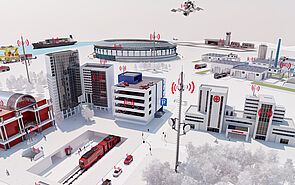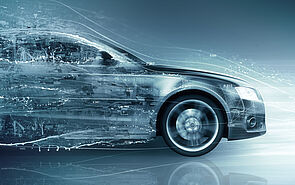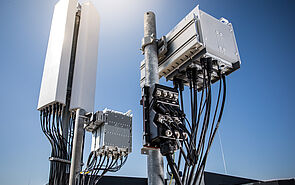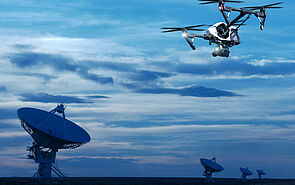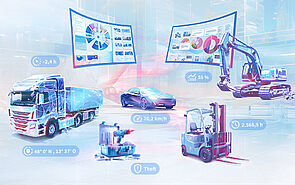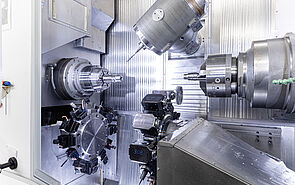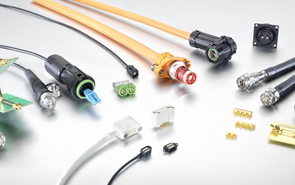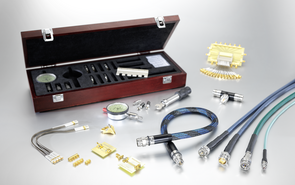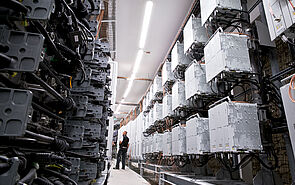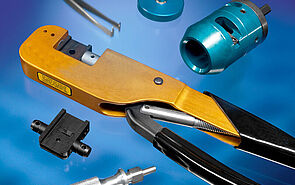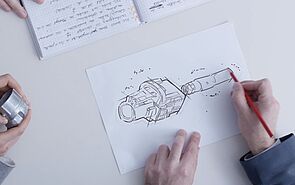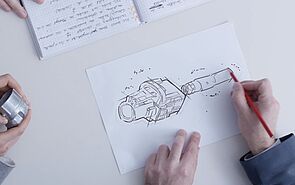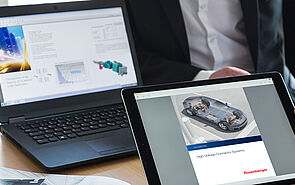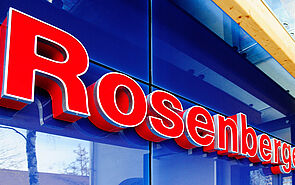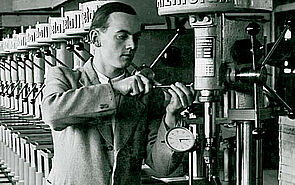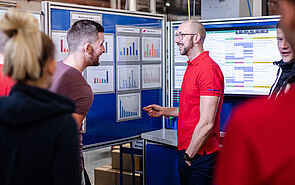The visualization of automotive Ethernet data streams on a BroadR-Reach link is not a simple task, as uplink and downlink share one wire pair in full duplex operation. Conventional examinations, e.g. by means of eye diagrams, are nevertheless possible when using a special measurement coupler.
For the communication between control units, the Ethernet protocol is increasingly implemented in vehicles in order to supplement existing bus systems with low data rates, such as CAN, LIN and FlexRay as well as fast point-to-point pixel links via LVDS. Ethernet variants particularly optimized for the requirements in the automotive sector – 100BASE-T1 and 1000BASE-T1 – are standardized within IEEE, allowing for data rates of 100 Mbit/s and 1 Gbit/s via a differential pair of wires. OPEN Alliance has already adopted a number of specifications which, among other things, define channel and components limits as well as various tests on the interoperability.
System integration is a critical step in implementing new bus systems in vehicles. As unshielded Ethernet transmission channels are involved here, so-called coexistence analyses play a major role. They serve to examine the interaction of Ethernet connections with any other on-board network nodes and the high-voltage drive train. Thus the evaluation and verification of the Ethernet systems in the installed wiring harness come increasingly to the fore – even if not yet mandatory in any of the above-mentioned standards.

